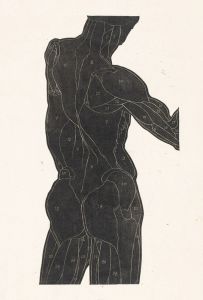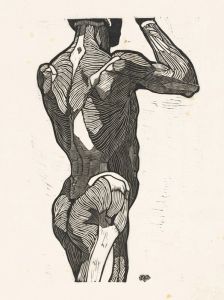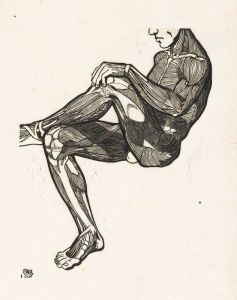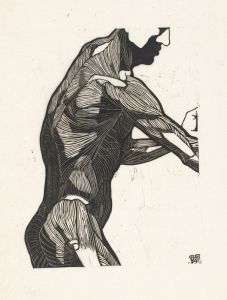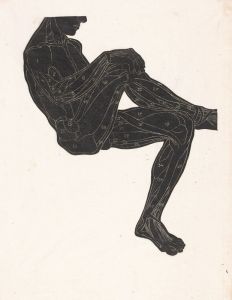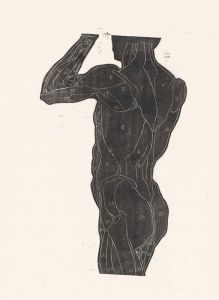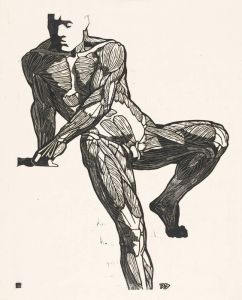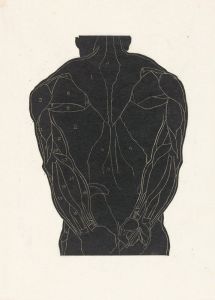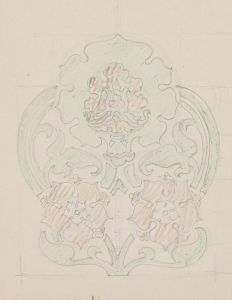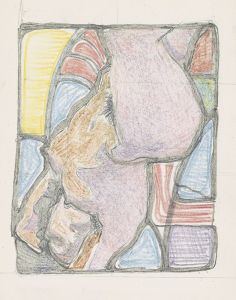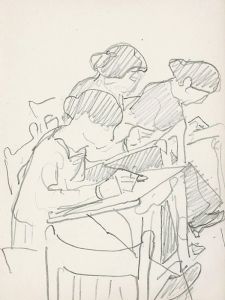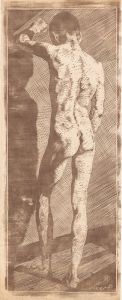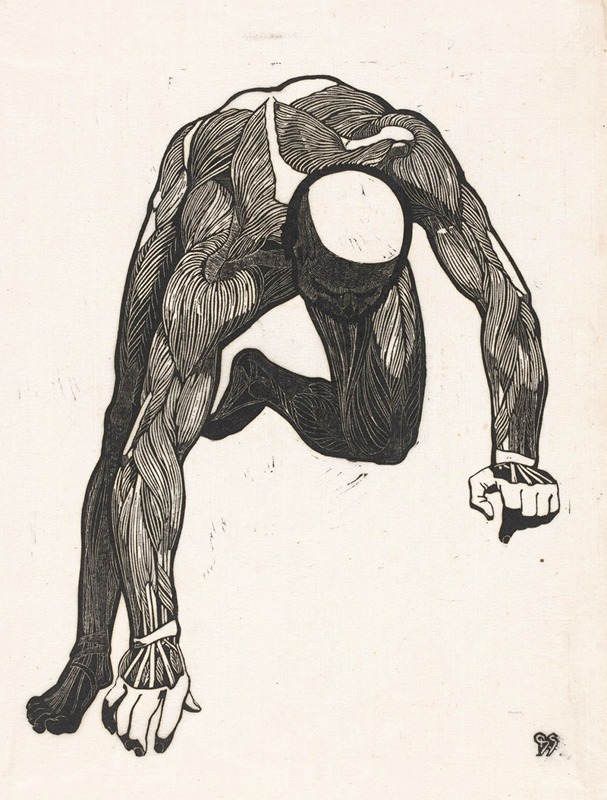
Anatomische studie van de hals-, arm- en beenspieren van een man
A hand-painted replica of Reijer Stolk’s masterpiece Anatomische studie van de hals-, arm- en beenspieren van een man, meticulously crafted by professional artists to capture the true essence of the original. Each piece is created with museum-quality canvas and rare mineral pigments, carefully painted by experienced artists with delicate brushstrokes and rich, layered colors to perfectly recreate the texture of the original artwork. Unlike machine-printed reproductions, this hand-painted version brings the painting to life, infused with the artist’s emotions and skill in every stroke. Whether for personal collection or home decoration, it instantly elevates the artistic atmosphere of any space.
Reijer Stolk was a Dutch artist known for his contributions to anatomical studies through his detailed and precise artworks. One of his notable works is "Anatomische studie van de hals-, arm- en beenspieren van een man," which translates to "Anatomical Study of the Neck, Arm, and Leg Muscles of a Man." This piece exemplifies Stolk's dedication to the anatomical accuracy and artistic representation of the human form.
Stolk's work is part of a long tradition of anatomical art that dates back to the Renaissance when artists like Leonardo da Vinci began to explore the human body in great detail. These studies were not only artistic endeavors but also served as educational tools for understanding human anatomy. In this context, Stolk's work can be seen as a continuation of this tradition, contributing to both the art world and the field of medical education.
The "Anatomische studie van de hals-, arm- en beenspieren van een man" is characterized by its meticulous attention to detail. Stolk's rendering of the muscles is precise, capturing the intricate interplay of muscle groups in the neck, arms, and legs. This level of detail suggests that Stolk had a deep understanding of human anatomy, likely gained through careful observation and study.
Stolk's anatomical studies were likely influenced by the scientific and artistic developments of his time. The late 19th and early 20th centuries saw significant advancements in medical science, including a better understanding of human anatomy. Artists like Stolk played a crucial role in disseminating this knowledge through their detailed and accurate representations of the human body.
In addition to their scientific value, Stolk's works are also appreciated for their artistic merit. His ability to combine scientific accuracy with artistic expression makes his anatomical studies unique. The careful shading and attention to form in "Anatomische studie van de hals-, arm- en beenspieren van een man" demonstrate Stolk's skill as an artist, as well as his commitment to portraying the human body with both precision and beauty.
Stolk's contributions to anatomical art are part of a broader movement that sought to bridge the gap between art and science. By creating works that were both scientifically accurate and artistically compelling, artists like Stolk helped to elevate the status of anatomical studies, making them a respected and valued part of both the art and medical communities.
Today, Stolk's work continues to be appreciated by both artists and medical professionals. His anatomical studies serve as a reminder of the important role that art can play in education and the dissemination of scientific knowledge. Through his detailed and accurate representations of the human body, Reijer Stolk has left a lasting legacy that continues to inspire and educate.
Overall, "Anatomische studie van de hals-, arm- en beenspieren van een man" is a testament to Reijer Stolk's skill as an artist and his dedication to the study of human anatomy. His work remains an important part of the history of anatomical art, celebrated for its precision, beauty, and educational value.






